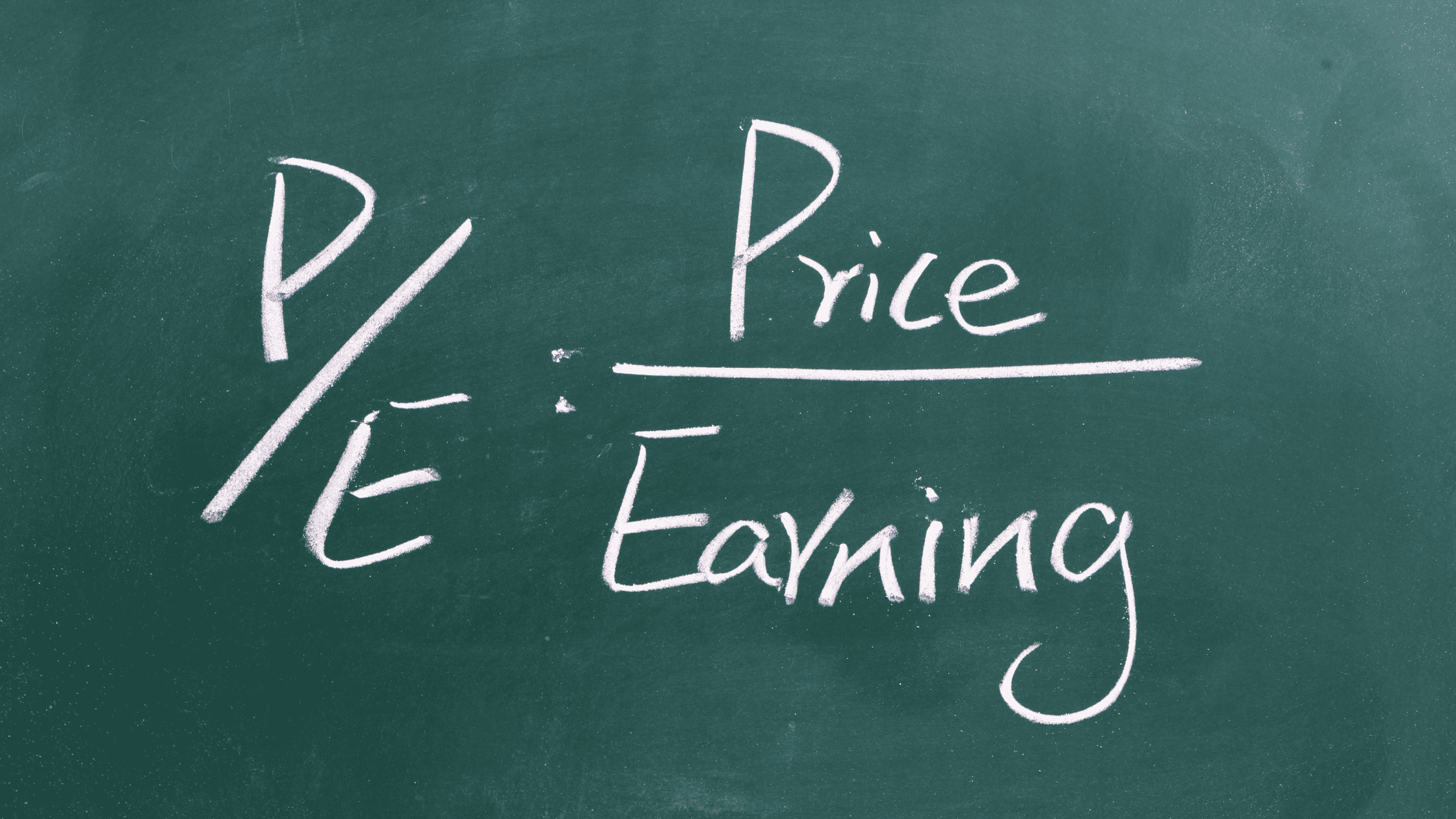If you have ever turned the channel into a business news network, your first impression is likely one of fast movement and “can’t miss” trends. The viewer would be forgiven for thinking the world of investing is somewhat akin to what goes on at a casino or a horse track. Yet, investing, especially for long-term goals like the generation of retirement income, is more of a data-driven endeavor where understanding key financial metrics can make all the difference. One important data point to know are the P/E ratios, which help investors assess the relative value of a company’s shares. This post offers a brief introduction to the P/E ratio, outlining its calculation, interpretation, and strategic application in the realm of investment.
Calculation of the Price-to-Earnings (P/E) Ratio
The Price-to-Earnings (P/E) ratio measures a company’s present share price against its earnings per share (EPS). This ratio is computed by dividing the market value per share by the EPS. To provide a simplified example, let’s say we owned a lemonade stand, with one share worth $200 comprising its entire value. If the stand earned $100 every year after costs were accounted for, the lemonade stand would have a P/E ratio of 2.
P/E Ratio and Valuation
The main use of the P/E ratio is to offer a barometer by which investors can gauge whether a stock is overvalued or undervalued. High P/E ratios could suggest that investors are willing to pay a premium for each dollar of earnings, possibly because the company has a strong reputation or superior financial characteristics. Alternatively, it could be overvalued, leading to disappointment for long-term investors. Conversely, a low P/E ratio can indicate a company has significant business problems; however, in some cases, inexpensive companies are diamonds in the rough.
P/E Ratios: Evaluating Competitors
Consider a scenario where you are evaluating two stocks in the same industry, both of which exhibit similar growth prospects. If Stock A has a P/E ratio of 20 and Stock B has a P/E ratio of 10, investors appear to be willing to pay twice as much for each dollar of earnings from Stock A compared to Stock B. This could suggest that Stock A is overvalued, while Stock B may be undervalued. It could also signal that Stock B has serious business problems, leading investors to discount their stock price relative to competitors.
P/E Ratios: Different Between Industries
The P/E ratio can diverge significantly across different industries. For instance, technology firms frequently exhibit higher P/E ratios compared to manufacturing entities. Industry-specific trends are critical when interpreting a company’s P/E ratio and can give insight into whether a company’s earnings are expected to sustain growth or are at risk of declining due to broader economic influences or industry-specific factors.
Beyond Single Stocks: Aggregate P/E Ratios
Most retirement investors are invested in mutual funds that roughly mimic large indices like the S&P 500. As such, the valuation of individual companies is not of much concern to their overall portfolio; however, the valuation of the indices they’re invested in carries significant weight. By summing up the aggregate value of the companies that make up the index and then adding up the collective earnings of these same companies, we can produce an aggregate P/E ratio for specific indices like the S&P 500 or the Russell 2000.
Cyclically Adjusted P/E Ratios: Making Historical Comparisons
Aggregate P/E ratios are challenging to use for historical comparisons. Earnings can be volatile and for some parts of the market vary significantly depending on which part of the business cycle we’re in. Robert Shiller, a Nobel Laureate in economics and a professor at Yale, found a way to overcome these flaws by averaging out the earnings number in the P/E ratio over a 10-year period. We’ll typically experience a full business cycle at least once in a decade, meaning companies that are more sensitive to changes in the business cycle will have cycled through the highs and lows in their earnings lifecycle. The CAPE ratio is very useful for determining how expensive the stock market is relative to history. Lower valuations typically bode well for long-term investors, while high valuations signal there might be greater risk ahead.
Understanding and applying the P/E ratio in your investment decisions can give you a powerful lens to view and analyze the stock market. Whether it’s comparing potential investments or making historical comparisons, this key metric is an invaluable tool in your financial arsenal. If you would like to further explore how P/E ratios and other financial metrics can help optimize your long-term investment strategy, feel free to contact us.


